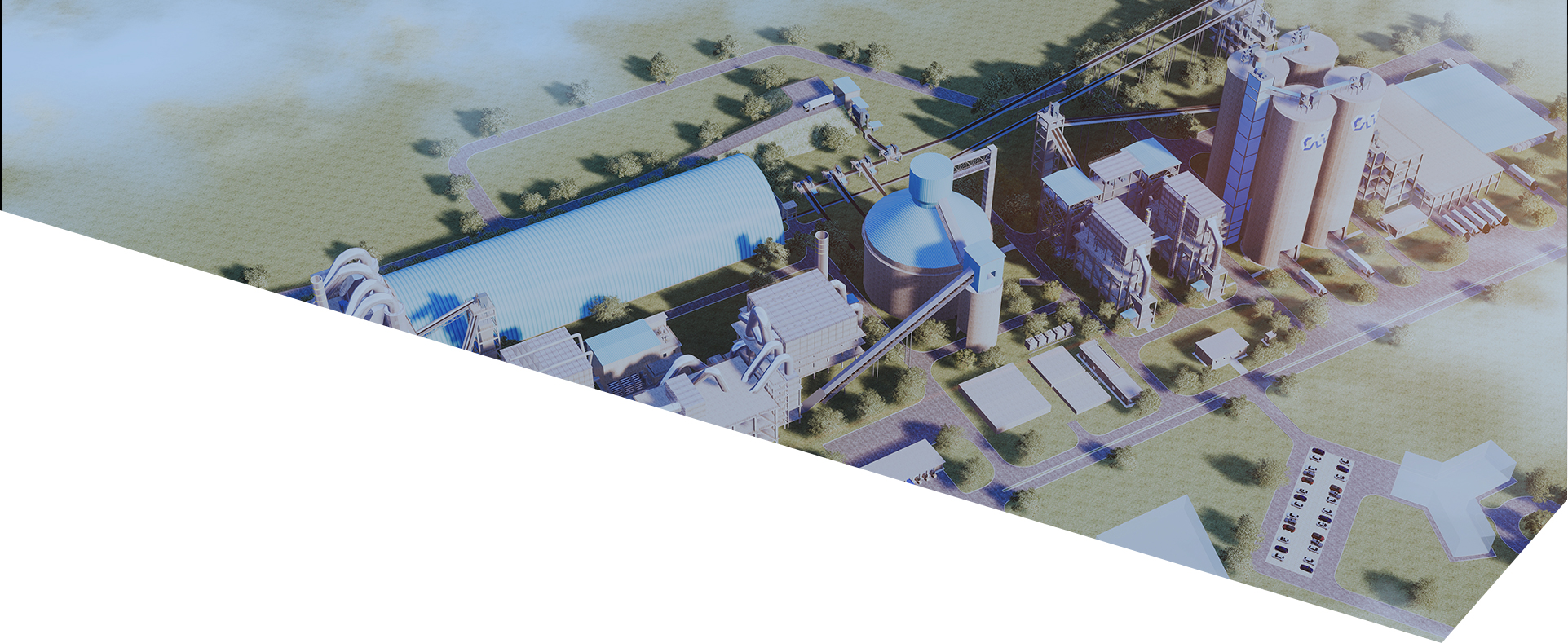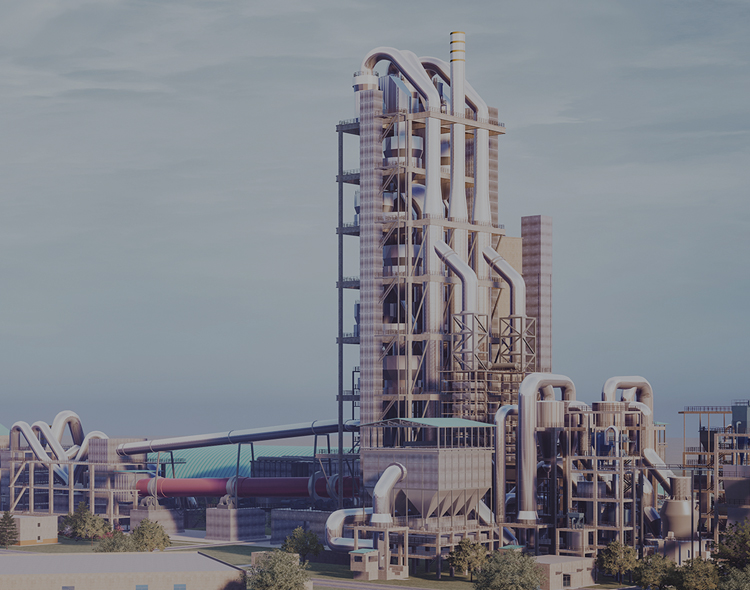


Diversified Engineering
Advantages of Production
The product demonstrates superior quality, achieving the high-purity calcium oxide content of up to 95% and the reactivity exceeding 360ml.
Advantages of Energy-saving and Environmental Protection
High heat storage capacity and superior thermal utilization efficiency; low exhaust gas temperature and reduced heat consumption value; relatively low exhaust gas temperature and dust content, facilitating the implementation of exhaust gas purification measures.
Advantages of Advanced Kiln Selection
Provide tailored kiln technology selection based on lime products and application scenarios. Selected as the main kiln type, twin-shaft lime kiln is the contemporary cutting-edge calcining kiln type worldwide.
Lime kiln is a device for burning lime, which mainly includes the whole process of raw material preparation, fuel combustion, air burning, waste gas treatment and lime production. Lime kilns are widely used and come in many types. According to the fuel, there are mixed-fired kilns, which burn solid fuels such as coke, coke powder, coal, etc.; gas-fired kilns, which burn blast furnace gas, coke oven gas, calcium carbide tail gas, generator gas, natural gas, etc. According to the kiln shape, lime kilns are divided into vertical kilns, rotary kilns, sleeve kilns, West German Weimaster kilns, Maerz kilns (Switzerland), Fukas kilns (Italy), etc. At the same time, there are positive pressure operation kilns and negative pressure operation kilns.
The following are the kiln types commonly used in China and abroad:
(1) Vertical Lime Kiln (Coal-Fired Shaft Kilns and Gas-Fired Shaft Kilns)
Shaft kiln represents a primary traditional kiln type for lime production. The kiln body features a brick-lined structure with a centrally located combustion zone. A row of arches is arranged above this combustion zone. The operational principle involves: heat generated from fuel combustion being first absorbed by the brickwork within the kiln, then transferred toward the central area through the combustion zone in the lower section, subsequently conveyed outward through the cooling zone, and finally discharged from the kiln top via the primary air zone. Shaft kilns offer the following advantages: simple structure and low construction cost; strong adaptability to various materials and high production efficiency; low volume of exhaust gas generated during production, simplifying exhaust treatment.
(2) Rotary Kiln Lime Kiln
The rotary kiln lime kiln system comprises a rotary kiln, combustion chamber, cyclone separator, and lime conveying equipment. A short annular section connects the rotary kiln and combustion chamber. When the kiln temperature reaches a specific level, material is fed to the kiln bottom where it is simultaneously cooled and calcined within the rotary kiln. Rotary kiln lime kilns offer unique advantages: they have lower construction costs than shaft kilns and relatively straightforward operation. However, due to their inclined angle, not all heat generated from fuel combustion is fully utilized, resulting in energy waste. Additionally, production processes generate dust pollution and exhaust emissions. Despite these drawbacks, rotary kiln lime kilns are widely used globally owing to their strengths: they produce the highest-quality lime among all kiln types, can process raw limestone fragments above 5mm, feature high mechanization levels, and achieve the highest single-kiln production capacity. Limitations include higher heat consumption compared to shaft kilns, heavier equipment weight, larger footprint, and higher capital investment.
(3) Introduced Vertical Liln (Twin-Shaft Kiln)
The twin-shaft kiln is characterized by two independent vertical shafts interconnected by channels in the middle-lower section of the kiln structure. While one shaft operates as the calcining zone, the other functions as the regenerative zone. The operational roles of the two shafts typically alternate every 12-15 minutes. This kiln type employs an advanced parallel-flow regenerative calcination principle. Parallel-flow refers to the concurrent downward movement of combustion air, fuel, and material from the upper calcination zone, ensuring consistent directional flow and gradient combustion to prevent over-burning. Simultaneously, material in the cooling zone counterflow exchanges heat with cooling air, enabling rapid cooling that enhances lime reactivity. The twin-shaft kiln achieves the highest thermal efficiency among all existing lime kiln types.
*Production capacity of various types of kilns:
The production capacity of various types of equipment is determined based on the value of existing equipment of various scales in the market, including 100t/d, 150t/d, 200t/d, 300t/d, 400t/d, 500t/d, 600t/d, 800t/d, 1000t/d, 1200t/d and 1500t/d, etc.
Among them, the production capacity of medium rotary kiln equipment is relatively large, covering a wide range of 300~1500t; the production capacity of single-chamber vertical kiln equipment can reach 100~600t/d.